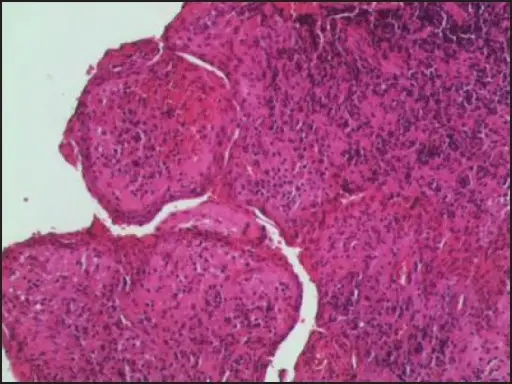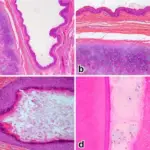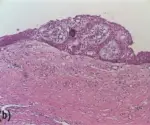A paradental cyst is an odontogenic cyst of inflammatory origin, which occurs on either the buccal, distal, or (rarely) mesial aspects of partially erupted mandibular third molars.
What is the Pathology of Paradental Cyst?
The pathology of paradental cyst is:
-Etiology: The cause of paradental cysts is they originate from the reduced epithelium of enamel or from the inflammatory proliferation of epithelial rests of Malassez that come from the superficial mucosa of a tooth in eruption (pericoronitis).
-Genes involved: Unknown.
-Pathogenesis: The sequence of events that lead to paradental cyst is that it arises from one of the reduced enamel epithelium, epithelial rests of Malassezia, crevicular epithelium, and epithelial remnants of the dental lamina.
-Histology: The histology associated with paradental cyst shows a fibrous connective tissue capsule invaded by a lymphocytic inflammatory infiltrate, lined by a hyperplastic, non-keratinized, stratified squamous epithelium.
How does Paradental Cyst Present?
Patients with paradental cysts typically affect males and females both present at the range of 25 and above. The symptoms, features, and clinical findings associated with paradental cyst include discomfort, tenderness, moderate pain, and, in some cases, suppuration through the periodontal sulcus.
How Paradental Cyst Diagnosed?
Paradental cyst is diagnosed by a positive electric pulp test.
How is Paradental Cyst Treated?
Paradental cyst is treated by enucleation of the cyst without the extraction of the tooth.
What is the Prognosis of Paradental Cyst?
The prognosis of paradental cyst is good.



